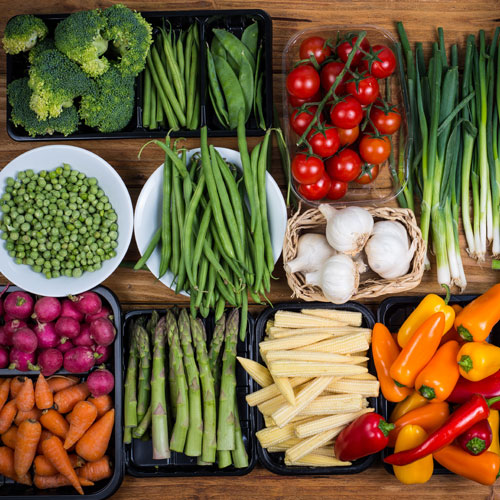NEWS AND KNOWLEDGE
You’ve Got This! Stepping into Restaurant Sustainability
This article first appeared on the National Restaurant Association’s “Manage My Restaurant” blog.
Nonetheless, integrating sustainability practices into daily restaurant operations can be an overwhelming task. Restaurants are complex businesses with diverse inputs, from water to energy and food. Owners and managers can’t expect to fix everything at once and it may help to enlist employee team members—and sometimes guests—to be part of a sustainability plan.
Developing Sustainable Business Consciousness
Your best approach to becoming more sustainable could be to start small. Defining what sustainability means for your restaurant doesn’t have to be an all-or-nothing proposition. You don’t have to tackle food waste, local sourcing, seasonal menus and recycling all at once.
Is it critical to have a completely locally sourced menu with back stories that employees can share with guests? Is it essential to compost your food waste? There’s no wrong answer!
As a first step, operators may think about their mission and vision and what makes the most sense. Brand owners have different things that matter to them and their guests. So, why not experiment with some changes and see how your customers react?
A Good Start: Keeping Food and Paper Products Out of the Landfill
Even small innovations can have a big impact on your bottom line … and on your guests’ perceptions of your restaurant.
For restaurants, it often begins and ends with food—so, food and food waste can be a natural first area to focus on. The National Restaurant Association’s State of Restaurant Sustainability 2018 report notes that nearly half of all restaurants now track the food waste they generate, and more than one in 10 compost their food waste.
Some additional waste-reduction steps:
- Print your menu on recycled paper.
- Reduce waste through controlled dispensing of paper towels and other products.
- Use more sustainable products, such as those made of recycled materials, recyclable products, or compostable products. For example, the Biodegradable Products Institute gives its BPI Certified designation to certify products as compostable, including such products as disposable foodservice towels. (Note: Composting is not always available. Find out options in your area at FindAComposter.com.)
Sustainability Integration is a Process
Remember: Developing a sustainable “consciousness” might start at the top, but it has to translate all the way down to your entire staff. And it won’t happen overnight. You might start by reducing waste and bringing sustainable products into the back of the house, then shift to a seasonal menu design. If you’re looking for a phased-in approach, here are some practical sustainability phases to try:
- Start with recyclable or compostable products.
- Switch to energy-efficient equipment.
- Donate leftover food to local food banks.
- Compost food waste.
- Redesign your menu around seasonal ingredients.
- Partner with local farms.
So, consider starting small and being open to learning. When seeking new inspiration, talk to your guests. After all, whether they’re seeking locally grown food or noting the sustainable packaging their leftovers are packed in, today’s consumers are more environmentally conscious than ever before.
This article created in partnership with the National Restaurant Association.
Back to All News and Knowledge
